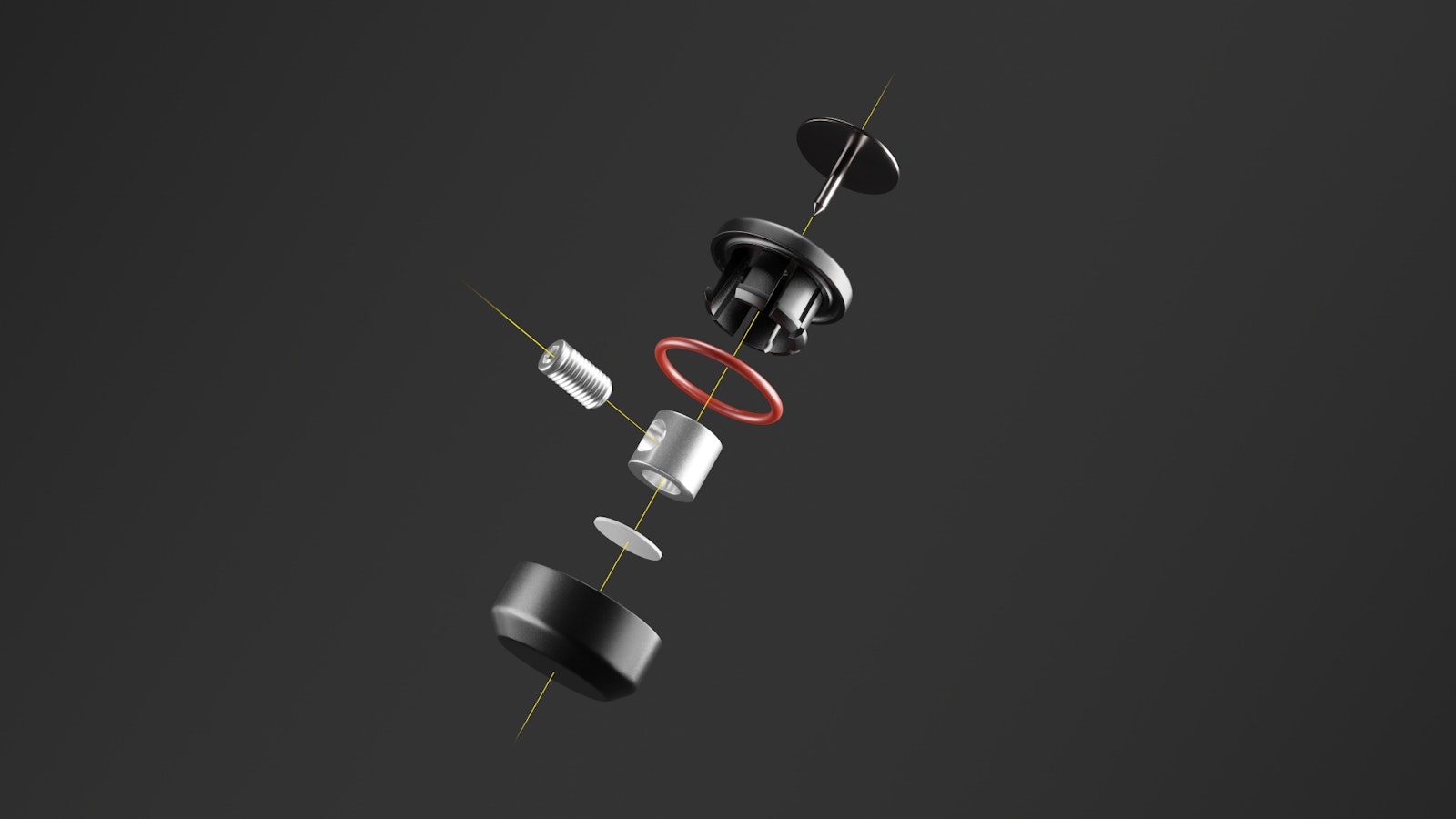de Velde
Nanto
Nanto is a design-based study on the practical implementation of digital product passports in the clothing industry.
Nanto investigates the implementation of digital product passports in the clothing industry, in response to upcoming European legislative proposals. Although these proposals are being well received, it remains unclear how the policy will be implemented in the industry in practical terms. Nanto explores the preconditions and develops conceptual outlines for solutions that contribute to this challenging future.
The jury on Nanto:
Nanto is an exceptionally detailed study of a very current, relevant problem in the fashion industry. It is driving forward future research into this issue. It may even inspire other sectors facing the same problems. This research is an important step in the traceability of fashion. The solution enables consumer awareness. The prototype can even be implemented immediately for a number of items of clothing. By rewarding this project, we hope that companies and researchers will work with this concept and refine and perfect the solution. The jury stresses the urgency of introducing a digital passport into fashion to tackle the problem of fast fashion and fashion waste with action.
How did the idea for this project come about?
This project was created to explore opportunities to increase the circularity of the fashion industry. Through interviews with fashion companies and sustainability experts, we recognised the potential of digitalisation as an important catalyst for greater circularity in the clothing industry. When I discovered the European Commission’s legislative proposals on digital product passports, something crucial clicked. This new knowledge not only confirmed our initial findings, but also unlocked the potential for the project. By integrating these insights and combining them with the principles of design thinking, I created design parameters, which ultimately led to Nanto.
What makes your project so special?
We have taken an interdisciplinary approach to the problem in the grey area of systems, companies and products. We have applied product design methodologies to analyse and visualise legislative proposals. The focus was on translating this into a tangible product design. Nanto Secure, a small, hard-to-remove NFC tag, meets a variety of fashion needs. It fits seamlessly into clothing while retaining crucial product information. For example, it promotes a closed material circuit. This specific development gives actors in the entire clothing value chain an accessible glimpse into the future. Their valuable feedback is essential at European level for the optimisation of the legislative proposals.
How does it contribute to a better world?
I hope to make companies, start-ups and investors aware that this legislation is coming. Nanto is a step towards a sustainable and circular fashion industry. Facilitating data retention means that the reuse and recycling of clothing is promoted. It also facilitates transparency, trust and effective communication between stakeholders. This ultimately creates a positive impact on society as a whole. This is in line with the objectives of the European Commission.







